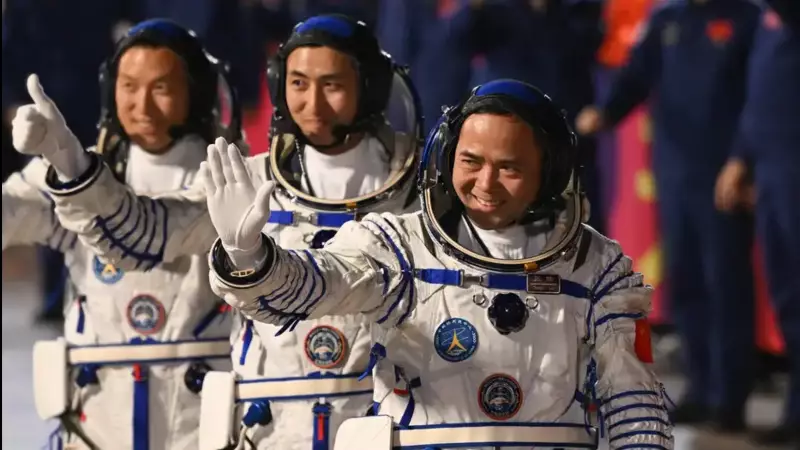
China has once again captured global attention with the successful launch of its Shenzhou-18 spacecraft, marking another significant milestone in the country's ambitious space program. The mission carries a carefully selected crew and some unusual passengers that promise to advance our understanding of life in space.
The New Guardians of Tiangong
Aboard the Shenzhou-18 are three highly trained astronauts who will take command of China's Tiangong space station, often referred to as "Heavenly Palace." This crew represents the continuing evolution of China's human spaceflight capabilities, with plans to conduct numerous scientific experiments and maintenance activities during their extended stay in orbit.
Student Experiments Reach for the Stars
One of the most exciting aspects of this mission involves experiments designed by young, brilliant minds. Students from Hong Kong have contributed innovative research projects that will be conducted in the unique microgravity environment of the space station. These experiments demonstrate China's commitment to inspiring the next generation of scientists and engineers.
Furry Astronauts: The Space Mice Mission
Joining the human crew are some very special rodent astronauts. The mission includes mice that will participate in groundbreaking biological research. Scientists will study how these animals adapt to space conditions, providing valuable insights into the effects of microgravity and space radiation on mammalian biology.
Advancing Space Science and Technology
The Shenzhou-18 mission represents more than just another crew rotation. It showcases China's growing capabilities in space technology and scientific research. The diverse range of experiments—from biological studies to technology demonstrations—highlights the comprehensive nature of China's space station activities.
As the new crew settles into their orbital home, the international space community watches with interest. The research conducted during this mission could contribute valuable knowledge to future long-duration space flights, including potential missions to the Moon and beyond.





